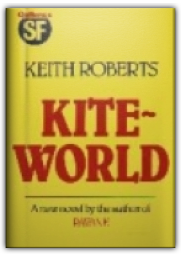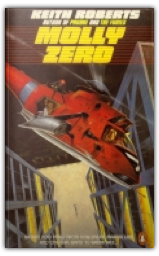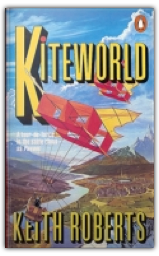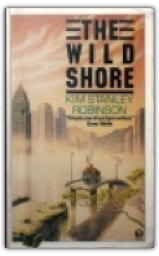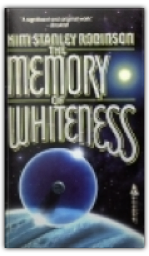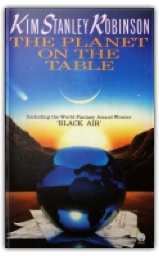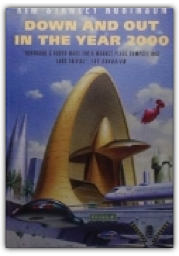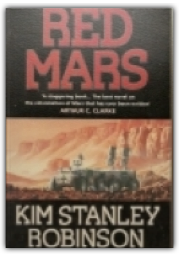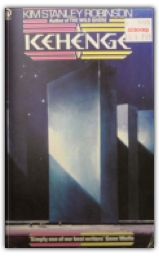 Icehenge
Kim Stanley Robinson
Icehenge
Kim Stanley Robinson
Voted one of the best science fiction novels of the year in the 1985 Locus Poll, Icehenge is an early novel by Kim Stanley Robinson (author of the trilogy comprising Red Mars, Green Mars, and Blue Mars) and takes place in the same universe. The story is part mystery and part psychological drama, divided into three distinct sections. 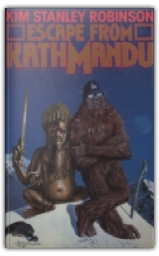 Escape From Kathmandu
Kim Stanley Robinson
Escape From Kathmandu
Kim Stanley Robinson
George Fergusson works as a trek guide leading groups of tourists into the back country and occasionally assisting on serious climbs. George Freds Fredericks is anothera tall, easy-going North American who visited Nepal one year and never went home. The adventures start when George and Freds get together for a scientific expedition in search of the Yeti. 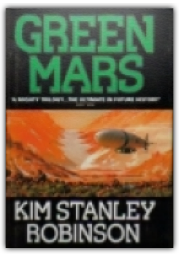 Green Mars
Kim Stanley Robinson
Green Mars
Kim Stanley Robinson
Kim Stanley Robinson has earned a reputation as the master of Mars fiction, writing books that are scientific, sociological and, better still, fantastic. Green Mars continues the story of humans settling the planet in a process called "terraforming". In Red Mars, the initial work in the trilogy, the first 100 scientists chosen to explore the planet disintegrated in disagreement—in part because of pressures from forces on Earth. Some of the scientists formed a loose network underground. Green Mars, which won the 1994 Hugo Award, follows the development of the underground and the problems endemic to forming a new society. |
 Made with Delicious Library
Made with Delicious Library
London, State zipflap congrotus delicious library Scott, Mike
